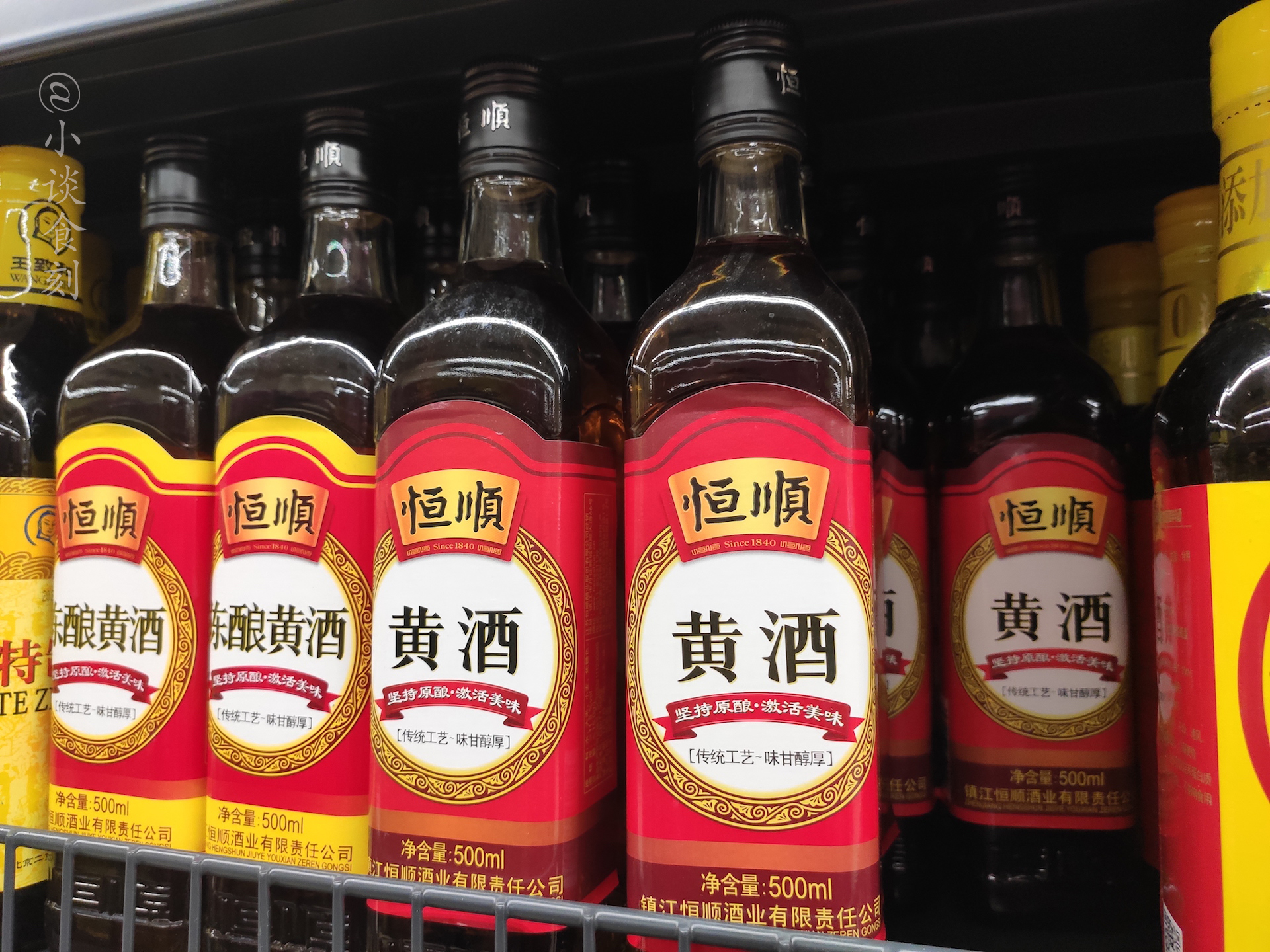The ancient Chinese alcoholic beverage, huangjiu, or “yellow wine,” is undergoing a modern makeover aimed at transforming its image from an elder’s drink into a youthful, trendy option. Long revered by older generations, especially in the Yangtze River Delta, huangjiu producers are now keenly targeting younger consumers through innovative product development and fresh marketing strategies.
For centuries, huangjiu has held a special place in Chinese culture, particularly in regions like Jiangsu, Zhejiang, and Shanghai. However, its market share in China’s diverse alcoholic beverage landscape remains small, estimated at only about 2% of the broader industry in 2023. As huangjiu’s consumer base ages, the industry faces pressure to broaden its appeal to prevent stagnation.
The huangjiu industry’s shift is evident at recent trade expos, where established brands showcased a variety of creative products. Examples include coffee-flavored huangjiu, sparkling variants, and even sugar-free options like Shanghai Mengtang by Jinfeng Brewery. These adaptations aim to make huangjiu approachable to younger drinkers by incorporating flavors and trends popular in the broader beverage industry.
One standout example is Kuaijishan’s “Yiri Yixun” sparkling huangjiu, which saw rapid popularity growth this year. During the mid-year 618 shopping festival, this sparkling variant recorded over 10 million RMB in sales, sparking optimism within the industry. Meanwhile, Shaoxing-based Gu Yue Long Shan introduced a line of huangjiu-infused beverages, including huangjiu coffee, lactic acid drinks, and unique offerings like huangjiu Earl Grey tea, available at their experiential bars aimed at younger audiences.
Despite these innovations, huangjiu companies are finding that gaining a foothold in the youth market is no small feat. While short-term sales surges, like Kuaijishan’s recent festival success, demonstrate potential, the long-term impact remains uncertain. Kuaijishan’s revenue growth, bolstered by targeted marketing such as TikTok collaborations, gave its stock price a temporary boost. However, analysts caution that such growth may not be sustainable without continued heavy marketing investments.
These concerns are reflected in the financial data from major players. Kuaijishan’s 2023 reports revealed a 21.22% increase in net profit, outpacing industry leader Gu Yue Long Shan, yet the substantial increase in marketing expenses – nearly doubling in some cases – raises questions about cost-effectiveness. Gu Yue Long Shan and Jinfeng Brewery faced similar trends, with promotional budgets climbing significantly while the financial impact of their new huangjiu products remained minimal.
Another challenge facing huangjiu makers lies in aligning with the specific preferences of young Chinese consumers, who generally favor beverages with distinct flavors and lower alcohol contents. While coffee and sparkling huangjiu are innovative, they are only a small part of the sector’s sales. Kuaijishan’s flagship “Yiri Yixun” contributed just 1.2% to the company’s total sales in the first half of the year. Similarly, Gu Yue Long Shan’s core youth-oriented brand “Zhuangyuan Hong,” featuring coffee-infused huangjiu, accounted for a mere 0.14% of their sales.
The road ahead for huangjiu in the youth market is fraught with challenges. Converting younger consumers requires a deep understanding of their preferences, which may involve trial and error. The companies must balance their traditional identities with innovative approaches that resonate without alienating loyal, older customers. Long-term success will likely hinge on a multi-dimensional approach that includes continual product refinement, sustained marketing efforts, and potentially expanded distribution channels to break beyond regional markets.
As China’s huangjiu giants reimagine their product lines, it remains to be seen whether these ventures will pay off in a market dominated by baijiu, beer, and Western spirits.

评论